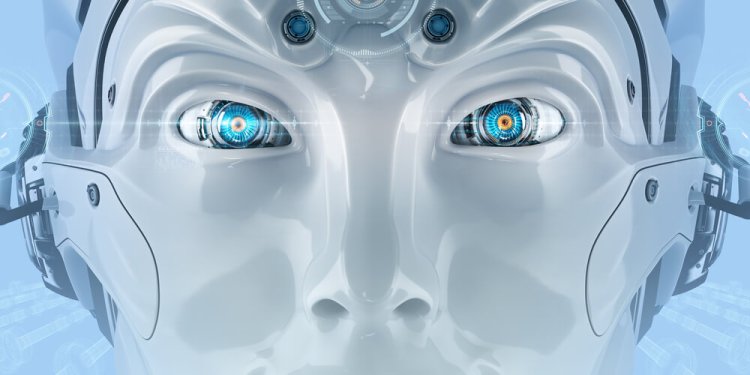At TechCrunch Disrupt San Francisco in September 2016, Facebook’s VP of messaging products, David Marcus, admitted that chatbots got “overhyped very quickly.” And around the same time, something else very quickly changed: Chatbot pessimism became en vogue.
The sudden change of opinion, like the original hype, is classic groupthink in action, moving with the tides. Don’t get me wrong, I agree chatbots have been overhyped. But that only means that our expectations have been wrong. There are significant possibilities for chatbots today, if we focus on the right problems.
To date, chatbots have been positioned and viewed largely as a viable replacements for human agents. But bots replacing humans really comes down to intelligence. Humans have it and, historically, computers don’t. Though suddenly they seem to: Voice bots like Siri, Alexa, and Cortana are taking spoken orders and having natural, though limited, conversations.
We’ve seen glimpses of artificial brilliance, which has fed science fictional excitement and expectations. Yet, distracted by the surprise and delight of these moments, we’ve lost sight of how far we still must go. AI-powered systems are still, on the whole, very limited.
Apple’s Siri provides single exchanges. Ask her a follow-up question and you’ll get a confused response. Google’s new Assistant has somewhat cracked this problem. Yet, within its Inbox app, the AI-driven suggested responses are on point but of very limited value. Microsoft also bolstered efforts by announcing a 5,000-strong AI division, underpinning development of Cortana, Bing and more. That’s a lot of scientists and engineers who are recently focused on AI.
If the world’s most capable technology companies are still in the crawling phase of AI, why do we expect excellent AI to be ubiquitous in chatbots? Why are bots and humans still being treated as mutually exclusive?
Like teams of humans with different skills, we’ve missed a natural opportunity to pair human service agents with bots. By fetishing AI-dependent products — namely those that intend to replace humans — bot development has been working backward, solving the hardest experiences first. As the underlying technologies improve, greater capabilities and intelligence will emerge in bots. But until that future, let’s accept and embrace what is possible today and not waste a great opportunity.
Similar to any programmed machine, bots are ripe for providing automation. Imagine repetitive tasks that today occupy human service agents; offload these to bots. The computer may not handle an entire customer interaction. It might only focus on a few specific steps. A human could loop in a bot to ask standardized questions like collecting information about a problem and creating a help desk ticket.
Simple automated exchanges aren’t technologically sexy, but they add real business value. Work offloaded to a bot affords human agents time for more interesting work. The kind of work that can’t easily be handled by a bot and that depends upon intelligence. Having not been drained by repetition, these human agents are likely happier and more productive. Your end user is happier too. Their experience happens at computer speed, not at fatigued, multi-tasking human agent speed. The bot, by the way, will always be happy. You can’t overwork it.
If we’re going to change the trajectory of chatbots for business, we need to start, ironically, by focusing on the people, not the tech. Keep the end user and the agent top-of-mind. As we continue to develop bots, remember that successful bots will be the ones that both add value and improve the user experience — not diminish it. We have all called the cable or utility company only to have been subjected to an excruciating exchange with an automated phone tree. Automated phone trees exist to reduce cost, not to help users — a wrong that chatbots can right.
Product developers should start here, with small improvements that make a human’s interaction with a brand easier in both directions. How to do so, of course, depends on your situation. Stay open-minded; the opportunity may be big or small. Just focus on where a bot can add value, keeping in mind their strengths, which today lie largely in unglamourous, repetitive tasks. This is where bots offer businesses a real opportunity to increase efficiency and improve experiences for their customers.
Brands are already proving that engaging experiences with chatbots don’t have to include AI-dependent problems. Chatbots don’t need to solve open-ended problems through organic conversation in order to succeed. It’s bots that streamline and improve interactions consumers are already having with brands that are most likely to resonate. As Marcus said at TechCrunch Disrupt, “It’s a long journey and you need to start somewhere.” Luckily developers are already on their way.


